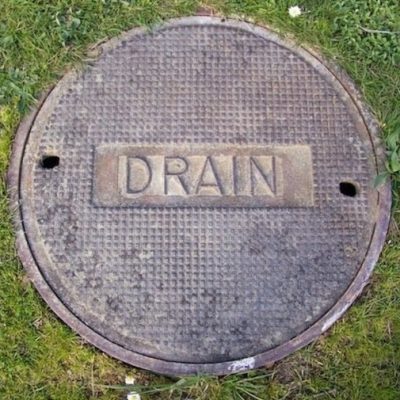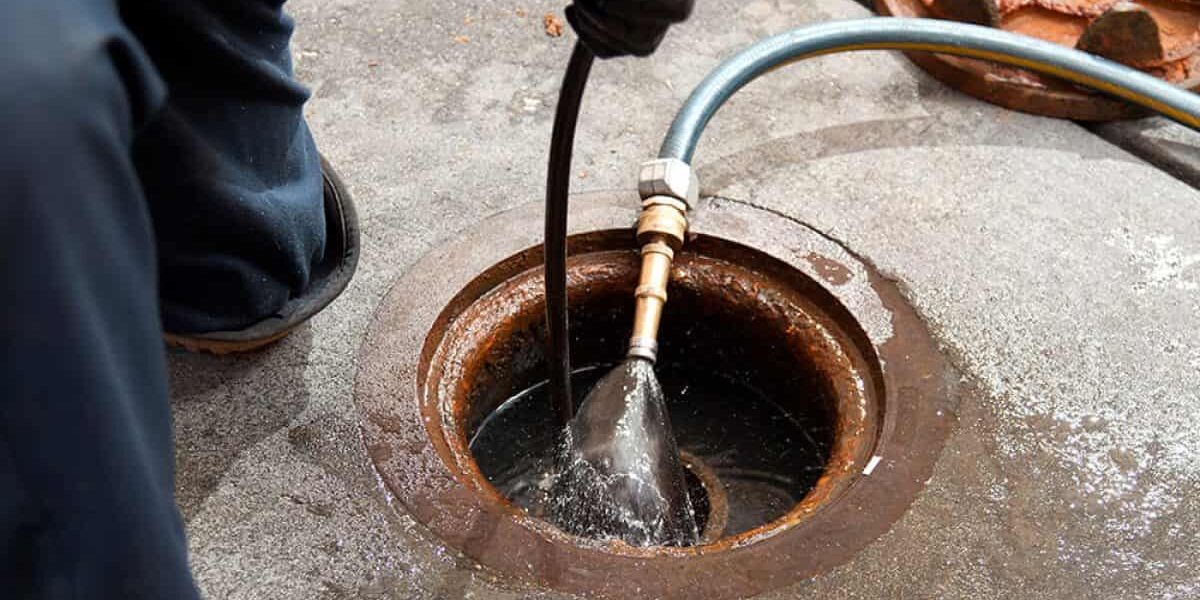Almost everyone has his or her own opinion when it comes to Some easy tips to fix blocked drains.

Introduction
Taking care of an obstructed drainpipe can be a frustrating experience, disrupting daily activities and potentially triggering damage to your residential or commercial property. Nevertheless, before reaching out to pipes specialists, there are actions you can require to attend to the problem yourself. In this guide, we'll check out DIY solutions and safety nets to take on a blocked drain properly.
Recognizing the Problem
The first step in addressing an obstructed drain is identifying the signs. Slow-moving drain, gurgling audios, foul odors originating from drains, or water backing up are common indicators of a blocked drainpipe. Determining these indications early can aid prevent further difficulties.
Choosing the Right Pipes Solution
When selecting a pipes solution, take into consideration factors such as experience, licensing, and customer reviews. Select a reliable plumbing technician with a performance history of high quality workmanship and transparent rates techniques.
Price Considerations
The cost of professional drainpipe cleaning company can vary depending on the severity of the clog and the plumbing technician's rates. Demand quotes from several companies and inquire about any type of added fees to guarantee openness and prevent shocks.
Security Measures
When attempting do it yourself drainpipe cleaning, focus on security. Put on protective handwear covers and glasses to avoid contact with unsafe chemicals or bacteria. Never blend various drain cleaning items, as this can produce dangerous fumes.
Situation Researches
Real-life instances highlight the effectiveness of DIY services and the value of prompt professional intervention in dealing with drain obstructions.
Common Reasons For Blocked Drains
Understanding the factors that contribute to drain blockages is essential for reliable resolution. Typical culprits include hair, soap scum, grease, food debris, and international items like hygienic products or paper towels. Tree origins invading below ground pipes can also cause substantial obstructions.
Do it yourself Solutions
For minor clogs, a number of DIY solutions can be reliable. Putting boiling thin down the drain can assist liquify grease and debris. Sodium bicarbonate and vinegar or a mixture of salt and baking soft drink can act as all-natural cleansers. Using a bettor or pipes snake to remove blockages is an additional option.
Devices and Equipment
Having the right tools handy can make do it yourself drainpipe cleaning much more effective. A plunger is a flexible device for clearing obstructions in sinks, bathrooms, and showers. A plumbing snake or auger can get to much deeper obstructions, while drainpipe cleansing chemicals can be utilized meticulously for persistent obstructions.
Preventive Measures
To avoid future obstructions, embracing safety nets is crucial. Mount drain guards or filters to catch hair and particles before they enter the pipelines. Frequently flush drains with hot water to liquify grease build-up, and avoid disposing of grease or strong waste down the drain.
When to Call a Professional
While do it yourself services can solve small obstructions, particular indications suggest the demand for professional help. Relentless blockages, foul odors despite cleaning up initiatives, or multiple drains backing up at the same time are red flags that call for experienced treatment.
Verdict
By adhering to the pointers laid out in this overview, you can efficiently tackle blocked drains pipes and protect against future pipes problems. Whether choosing DIY solutions or looking for expert support, prompt activity is crucial to preserving a healthy pipes system and preserving the honesty of your home.
WHAT I LEARNED FROM TRYING TO DEAL WITH A CLOGGED DRAIN
We have had our share of seepages and other annoying things that are part of living, especially in an apartment complex. And if there’s one thing that’s terrifying for a homeowner—or even someone in a rented home—it is a clogged drain, indoors or outdoors.
We enjoy our living space, but it’s simply a fact of life that dead skin, soap and a host of other items go down the drain; eventually, the residue builds up and prevents anything from moving. Ugh.
Not Calling A Professional
Of course, it might seem simple to just whip the pipe off under the sink and see if you can unblock it. Unfortunately, what if the blockage isn’t there, or you don’t reconnect it properly? Worse, you might break a piece and have no drainage system. Can you imagine that scene? Yuck!
Not Watching Your Waste
This will sound d’uh, but the best tip I can give you for drain cleaning is to avoid clogging the drain in the first place! You can do this by monitoring what goes down the drain and catching the items which are most likely to give you a problem. Invariably hair, vegetable peels, and large wads of toilet paper are the most obvious culprits. Add a filter—these are available in hardware stores and can be removed and cleaned easily.
Poking The Drain
The first urge with a clogged drain is to poke at it with a stick or anything that resembles a stick. Sadly, this does not result in magically solving the issue. The mental image is, naturally, one of the stick just pushing through the offending item and all is well again. Reality is quite different and unpleasant and likely to lead to further problems.
The thing is, every drain has a series of bends that are not visible to us. Drains are built this way to prevent gases from entering the house. What happens when you poke a stick into the drain? Of course, it can’t bend around the corner. The more adventurous people will use force and end up wedging the stick or causing it to break off in the pipe—creating an even bigger issue. Worst thing? The stick will shift the block further down the pipe, creating the space for more to collect. Go ahead! Roll your eyes!
Using The Wrong Plunger
You know what they say: the right tool for the right job! Did you know there are different types of plungers besides the basic one we keep at home for an emergency? Yes, there are. For example, the toilet plunger has a bell-shaped bottom while the sink plunger is flat. This is an important difference and using the wrong plunger will be useless. There’s also a knack in using plungers—they must be placed in such a way that they create an airtight seal and then, moved slowly up and down—not as fast as we imagine.
https://vidyasury.com/2018/01/learned-trying-deal-clogged-drain.html

We were guided to that report on What I learned from trying to deal with a clogged drain through someone on our other web address. Enjoyed reading our article? Please quickly share it. Let other people find it. Thanks a lot for being here. Please visit our blog back soon.
Click Here